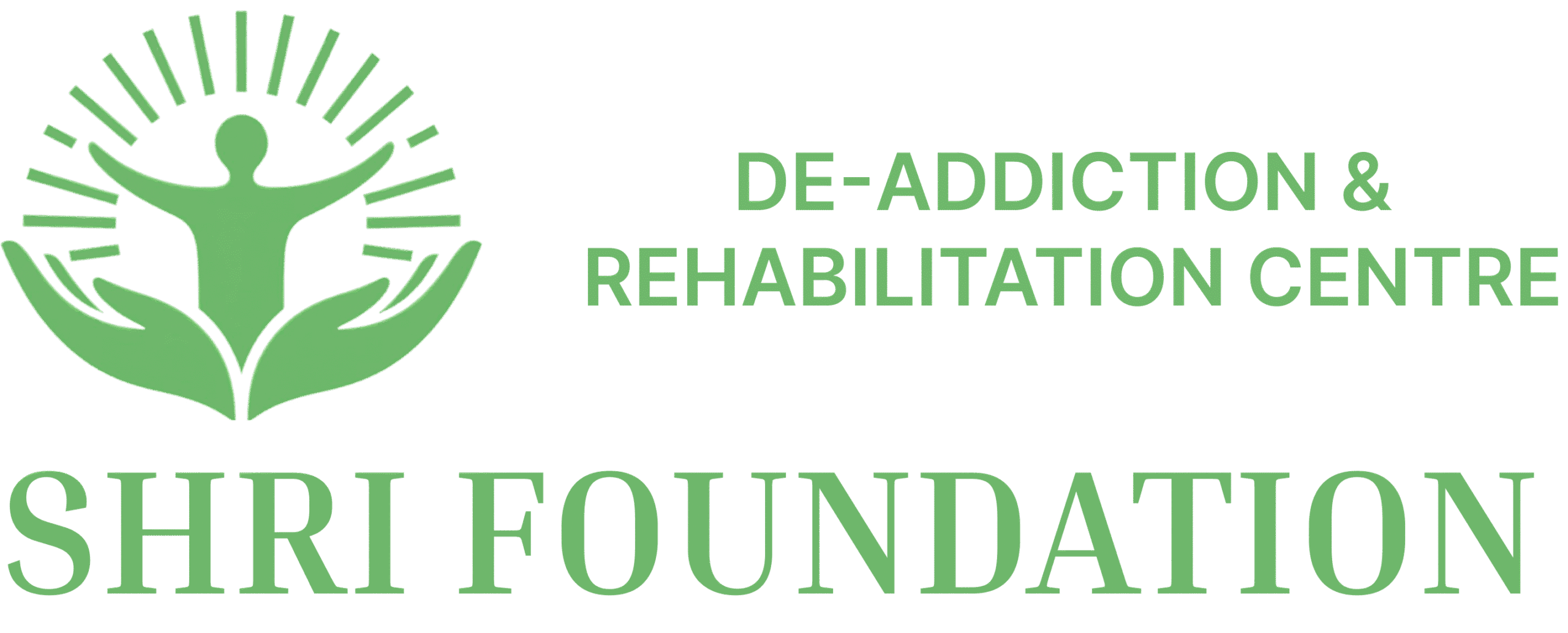 Microdosing Modafinil: Risks and Potential Benefits
Microdosing Modafinil: Risks and Potential Benefits
Understanding Tiny Doses: Mechanism and Expected Effects 🧠
In a quiet morning the idea of taking a tiny fragment of a wakefulness drug feels like a craft experiment: Teh logic is that sub-therapeutic doses tweak arousal circuits—orexin, histamine, and dopamine—to nudge attention without the full stimulant surge many expect.
Users report subtle gains: improved vigilance, speeded decision-making, and fewer dips in focus. These outcomes are modest and highly variable; placebo-controlled studies show some effects may be expectation-driven, and individual metabolism and sleep patterns shape real-world benefits.
Modafinil's long half-life means doses can accumulate, shifting nighttime sleep and mood; Occassionally interactions with other drugs alter response. Careful titration, close monitoring, and consulting clinicians help adapt to personal sensitivity and reduce unforeseen risks and variability.
Potential Cognitive Boosts Versus Placebo Evidence 🔬

Teh anecdotal buzz around microdosing modafinil mixes with scientific curiosity: users report sharper focus, better task persistence, and fewer distractions. Controlled tests, however, often show only modest gains on reaction time or vigilance and inconsistent effects on working memory. Small sample sizes and publication bias make it hard to separate true pharmacologic benefit from expectancy.
Placebo-controlled trials remain the gold standard; many find subjective improvement outpaces objective measures, suggesting perceived productivity can be shaped by belief. That doesnt mean microdosing has no effect, subtle cognitive tuning is possible for many, but reliable, clinically meaningful benefits are not well-established. Larger, preregistered studies with diverse tasks are neccessary to resolve what is real versus placebo, in reality.
Short-term Side Effects and Safety Considerations ⚠️
A cautious experimenter might feel crisper focus after microdosing modafinil, yet physical reactions like jitteriness, headaches and mild nausea can appear.
Cognitive shifts often seem subtle and subjective, making placebo effects a real confounder.
Cardiovascular strain, blood pressure spikes, and anxiety may occur; those with heart issues should be cautious and consult a clinician.
Start very low, avoid mixing with other stimulants, stay hydrated, track sleep, and stop if adverse effects are noticeable. Occassionally allergic reactions or skin rashes are reported, so keep emergency contacts ready and local medical help.
Long-term Risks, Tolerance, Dependency, and Unknowns ⏳

After months of small, deliberate doses some users describe a steady hum of focus that colors daily tasks, but the brain’s adaptation can be sneaky. Chronic exposure to modafinil may shift baseline sleepiness and reward circuits, creating tolerance that demands higher amounts for the same effect. Research is sparse, so claims about lasting cognitive enhancement remain tentative; subtle mood shifts or disrupted sleep architecture could emerge over years.
Clinicians worry about dependence in vulnerable individuals, and withdrawal phenomena have been reported after prolonged use; yet population-level data are limited. Cognitive trade-offs might be subtle and Aparent changes in motivation or emotional reactivity could go unnoticed. Until large longitudinal studies arrive, people considering microdosing should monitor sleep, mood and dose closely, discuss plans with a clinician, and be prepared to stop if unintentional patterns of tolerance or harm occassionally appear suddenly.
Legal Status, Ethical Questions, and Workplace Implications ⚖️
Imagine a colleague discreetly taking modafinil before a big presentation; it prompts debate about fairness, consent, and whether performance enhancement belongs in professional settings or should be regulated more tightly.
Across countries the legal status varies widely; some forbid possession without prescription while others tolerate off-label use. Employers juggle liability, privacy, and trust amid a shifting goverment landscape of norms.
Ethically, unequal access creates dilemmas: is it cheating, an unfair advantage, or a personal choice? Institutions must craft policies balancing autonomy with equitable standards now.
Workplaces might consider disclosure, reasonable accommodations, or testing programs yet risk creating surveillance cultures. Thoughtful dialogue, clear guidance, and evidence-based recommendations support fair, safe decision-making that respect privacy and dignity.
Safer Strategies, Dosing Tips, and Alternative Approaches 🌿
Start cautiously: prefer lower start doses, monitor sleep, hydration and diet, and schedule drug-free days to lower cumulative exposure. A buddy or clinician can help track effects and side effects; small notebooks or apps make trends easier to see. Occassionally skip doses to avoid building tolerance.
Keep dosages modest: many microdosing users report benefits at 25–100 mg; stay below typical therapeutic ranges and adjust only with clinical advice. Watch for insomnia, appetite changes, or anxiety, and reassess if cognition feels flattened or jittery.
Non-pharmacologic alternatives can match or complement effects: optimized sleep, exercise, strategic caffeine, and cognitive training often yield reliable gains without drug risks. If you pursue prescriptions, use reputable sources, discuss goals openly with prescribers, and keep routine reviews for safety. Start conservatively, log responses, and consult healthcare providers if any concerning symptoms emerge promptly for ongoing guidance. Review FDAlabel
